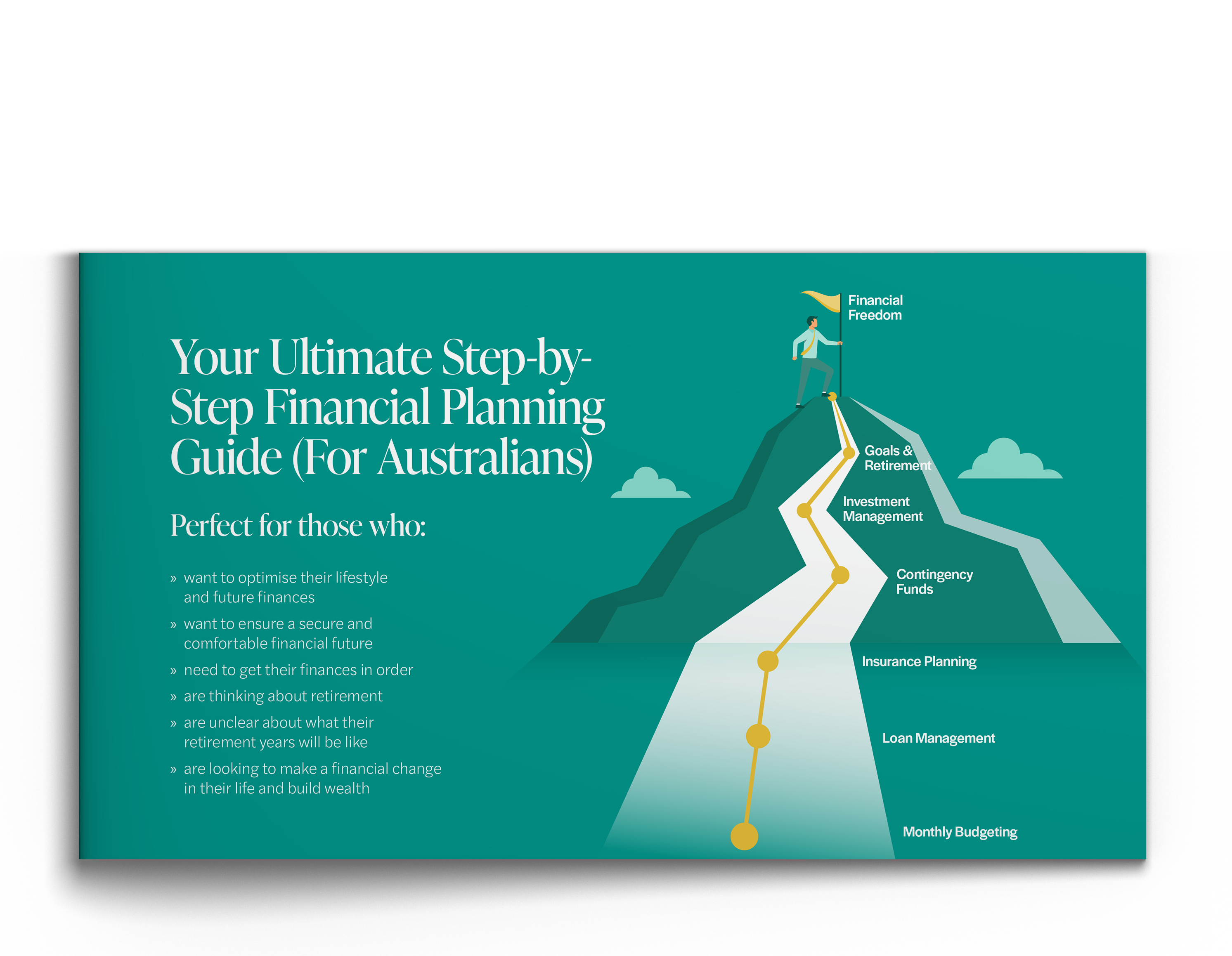Refinancing your home loan is a significant financial decision, and it's perfectly normal to find it a bit overwhelming. At GA Lending, we are dedicated to making this process as smooth as possible for you.
Whether you’re considering switching lenders to secure better rates and features or tapping into your home’s equity, we’re here to provide you with the clarity and guidance you need to make informed choices.
Here are five key insights to keep in mind as you embark on your refinancing journey:
- Most homeowners choose to refinance to secure a better rate and ensure they have all the desired features, such as offsets, redraw, etc, available to meet their financial needs.
- As a homeowner, you have the option of utilising your equity to get cash out, allowing you to borrow for things such as renovations, home improvements or investment opportunities.
- You may also like to consider consolidating some other debts, such as personal loans or credit cards, to assist with cash flow management and streamlining your finances.
- Understanding the benefits and costs of refinancing is crucial, and it’s essential to define your refinancing goals clearly.
- Researching all your options and performing the necessary calculations is vital because refinancing doesn’t automatically guarantee improved financial outcomes.
The Benefits of Refinancing
Refinancing for Savings and Financial Relief
Refinancing can offer potential savings through:
- Lower interest rates;
- Debt consolidation;
- Lower fees;
- Additional features, such as offsets and redraw facilities;
- Reducing your loan term to save on interest charges over the life of your loan; and
- Increasing your loan term to assist with cash flow.
Utilising Your Home Equity*
You might be considering a home renovation or extension, installing a pool, or just upgrading your kitchen and bathroom. By utilising the equity in your home, you could access additional funds to allow for these home improvements.
The equity in your home could also be accessed for future investment opportunities. You could look at investment property purchases or even diversifying with a share portfolio.
*Please seek advice from your accountant or financial advisor before considering these options.
The Disadvantages of Refinancing
There can be upfront fees on the new loan, including application and valuation fees, as well as exit fees.
Mortgage registration fees payable to the state government may also apply. Keep in mind that Lenders Mortgage Insurance (LMI) cannot be transferred between lenders. If you refinance and borrow over 80% of your home’s value, you’ll need to pay LMI again.
Potential Long-term Costs
It’s important to note that refinancing doesn’t guarantee you’ll be better off in the long run. Consider scenarios where refinancing might offer short-term financial relief but result in higher long-term costs, such as:
- Switching to a longer loan term, leading to lower monthly payments but more interest paid over the entire loan life;
- Switching from a fixed-rate to a variable-rate mortgage, exposing you to potential interest rate increases; and
- Increasing your mortgage by utilising equity to get cash out, potentially leading to higher interest payments over time.
How to Decide if Refinancing is Right for You
If you’re considering refinancing, there’s a reason you’re looking to improve your current loan. It’s crucial to identify your goal and motivation for refinancing. What’s driving your decision? Is it to:
- Secure a lower interest rate?
- Enhance other loan features, like a shorter loan term or a switch from variable to fixed?
- Consolidate debt to save on interest or simplify your finances?
- Access your home’s equity?
5 Steps to Refinancing Your Home in Australia
Refinancing is generally a straightforward process, especially if you’ve organised your paperwork and maintained your current loan repayments well. With our five refinancing tips, you could be enjoying the benefits of your new loan within 4-6 weeks!
1. Compare Home Loan Options and Crunch the Numbers
To determine the right lender and loan for you, considering interest rates, loan terms, and loan structure, you can:
- Consult with a mortgage broker who has access to multiple lender options;
- Utilise comparison websites; and
- Directly engage with lenders.
No matter which option you choose, thorough calculations are essential to ensure that the benefits of refinancing outweigh the costs, both in the short and long term.
Before applying or transferring your home loan to another bank, ensure you’re comfortable with your choice of lender, as multiple applications can negatively impact your credit score.
2. Prepare Your Documents and Complete Your Application
Since refinancing involves taking out a new loan, a new application is required. You’ll need to provide your details and supporting documents to assess your application. Start gathering details like:
- Proof of identity (driver’s licence, passport, Medicare card);
- Proof of income (payslips, tax returns);
- Current budget and living expenses (bank statements); and
- Existing loans and credit cards (don’t forget about BNPL services, such as ZIP and Afterpay).
Your broker will be able to assist you with getting the above information using their streamlined processes, generally allowing you to provide your information through secured channels.
3. Prepare for a Property Valuation
Your lender will request a property valuation to determine its updated market value and ensure that loan terms are suitable or to assess available equity. You will be advised if an internal valuation or a standard automated valuation (which considers current sales in your area) is required.
4. Sign Your New Loan Contract
If your application is approved, formal loan documents will be prepared and sent to you for signing. Carefully review the paperwork and consult with your solicitor, conveyancer, or mortgage broker if you have any questions. Your new lender will coordinate with your old lender behind the scenes to complete the loan changeover. Please note that delays from your old lender may affect your loan settlement.
5. Celebrate Your Loan Settlement
On settlement day, your new lender will receive the title deeds to your home (previously held by your old lender), and the old loan will be paid off. Your welcome kit from your new lender will outline the agreed interest rate and repayment terms. Double-check that all details are accurate and prepare for your new repayments.
Congratulations—you’ve successfully refinanced!
Refinancing FAQs
Q: Can you refinance your home loan with the same bank?
A: Yes, you can. However, it’s advisable to compare the rates and terms offered by your current bank with those of other lenders in the market to ensure you’re getting the best deal.
Q: How much money can I refinance?
A: The amount you can refinance depends on several factors, including the current value of your property, the amount of equity you have in your home, and your financial situation. Most lenders will lend up to 80% of the property’s value without requiring LMI. However, if you have a strong financial position, some may allow you to borrow up to 90-95% (though LMI would generally be applicable).
Q: Does refinancing hurt your credit score?
A: It can result in a minor, temporary dip in your credit score. This is because when you apply for a new loan, the lender will conduct a credit inquiry, which can have a slight negative impact on your score. However, as long as you maintain regular and timely repayments, the long-term effect of refinancing on your credit score is generally neutral or positive.
Q: How frequently can I refinance my home?
A: Technically, there’s no limit, but it’s crucial to consider the costs associated with refinancing and whether the benefits outweigh those costs.
Q: Does refinancing make sense if I plan to sell my home soon?
A: Due to the costs associated, possibly not. However, if the potential savings from a lower rate significantly outweigh the refinancing costs, it might be worth considering.
Q: Can I refinance an investment property?
A: Yes, you can, but the interest rates might be slightly higher than for a primary residence.
To Sum Up
In summary:
- Understand the benefits and costs of refinancing.
- Clarify your refinancing goals.
- Research all your options and perform the necessary calculations.
- Choose a lender and prepare your application.
We’re here to assist you at every step of your refinancing journey in Australia. If you have any further questions or need guidance, don’t hesitate to reach out.

